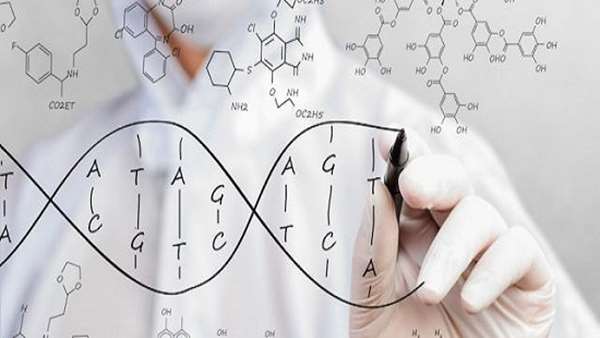A modified version of the CRISPR-Cas9 allows highly accurate gene editing
The scientific group from the Osaka University has developed the innovative method SNGD that can provide accurate editing of defective genes with less probability of error. CRISPR-Cas9 is the technology of genome editing, which is supposed to be used in the gene therapy of various hereditary diseases and cancer.
The scientific group from the Osaka University has developed the innovative method SNGD that can provide accurate editing of defective genes with less probability of error. CRISPR-Cas9 is the technology of genome editing, which is supposed to be used in the gene therapy of various hereditary diseases and cancer. However, this method has a number of limitations, first of all, the potentially dangerous genetic errors. CRISPR-Cas9 acts using the combined of the performance of the Cas9 protein and sgRNA. The RNA makes Cas9 protein to cut DNA in a certain place. The joint action of these 2 molecules allows any gene to be editable. However, this process can lead to the mutation. To reduce such risks, Japanese scientists have invented a new method for modifying defective genes. With the conventional CRISPR-Cas9 technique both DNA strands are cut. The cell restores their integrity, but the process is fraught with unforeseen errors. The modified version, which was called Single Nicking in the target Gene and Donor or SNGD, cuts only one DNA chain. Having an untouched chain, cells sew parts much more successfully. It means that cells use donor DNA as an example for repairing. The important moment is that if add foreign donor DNA into a cell, it will lead to highly accurate edits.
Professor Shinichiro Nakada mentioned that team have used a modified Cas9 that cut only one strand of the DNA. Therefore, they can control the repairing to make accurate editing. The technique, which was used before, leads to mutations in 90% of cases, and the innovational method SNGD - only in 5%. This research demonstrates that a conjugation of single nicks in the gene and SNGD using Cas9D10A nickase allows replacing nucleotide by gene changing. Nevertheless, the extra nick in the donor plasmid backbone noticeably improved the gene-editing capability.
Reference: http://resou.osaka-u.ac.jp/en/research/2018/20180202_1





ارسال به دوستان